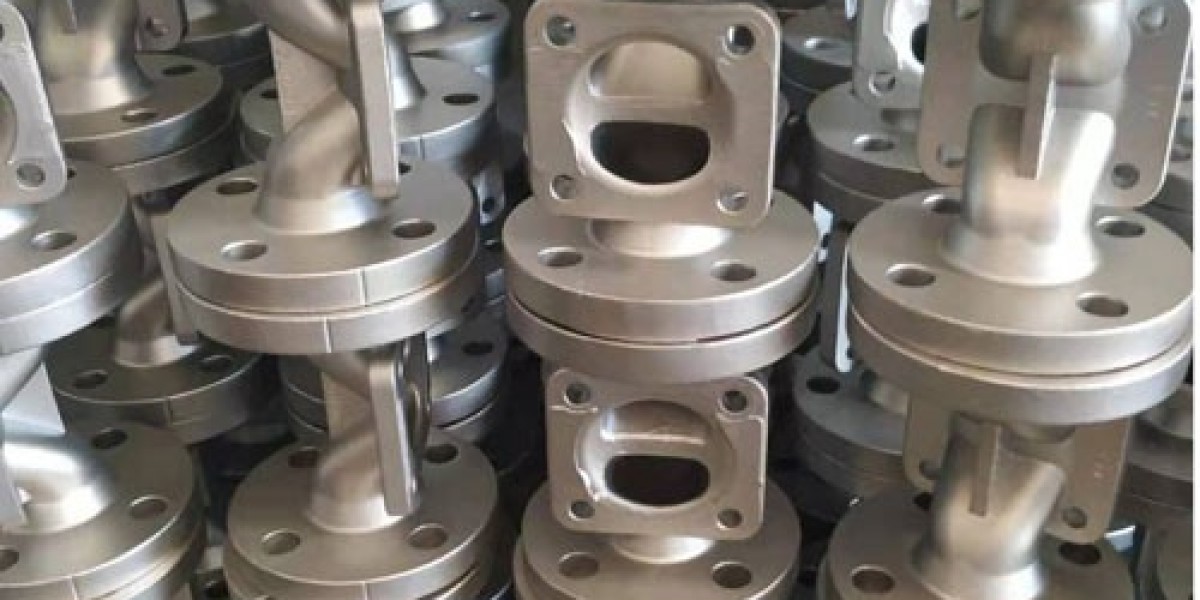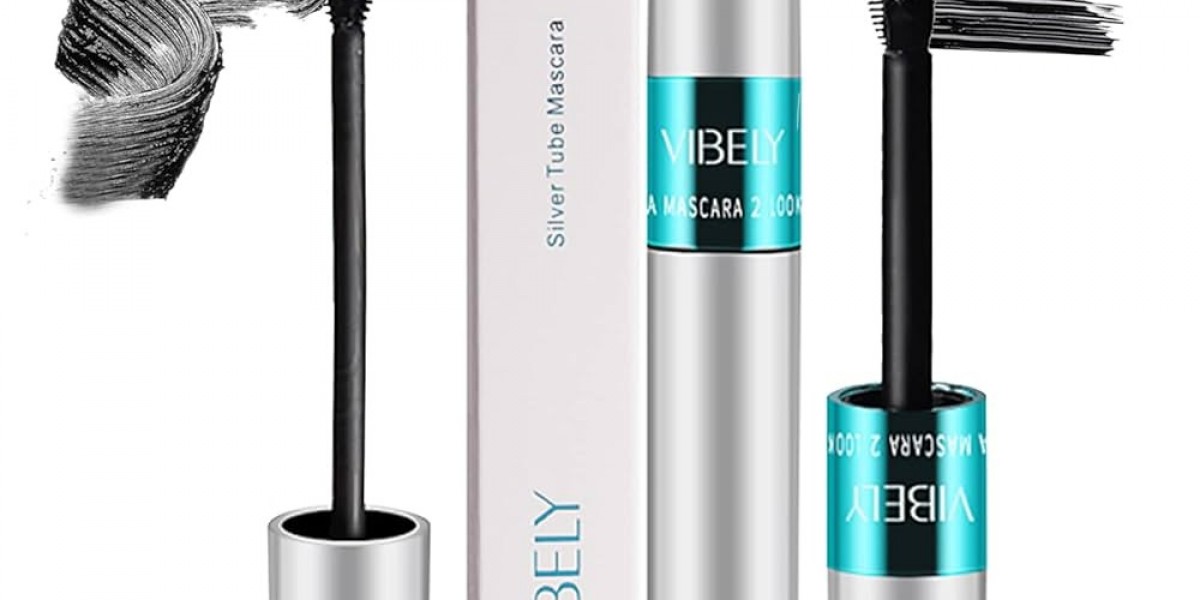In the realm of precision manufacturing and industrial components, Stainless Steel Investment Castings play a vital role. Known for their accuracy, durability, and design flexibility, these castings are used extensively across a wide range of industries, including automotive, aerospace, medical, food processing, and defense. The process of investment casting—also known as lost wax casting—has been refined over centuries and, when applied to stainless steel, offers a unique combination of strength, resistance to corrosion, and intricate detailing.
This article delves into the world of steel investment castings, exploring what they are, how they are made, their advantages, and the industries that rely on them. We also highlight how a leading manufacturer like MS Machining delivers exceptional quality in stainless steel castings to meet diverse industrial needs.
What Are Stainless Steel Investment Castings?
Stainless steel investment castings are precision parts made by pouring molten stainless steel into molds created through the investment casting (lost wax) process. The technique allows manufacturers to produce complex geometries and tight tolerances that are difficult to achieve with other manufacturing methods.
The “investment” part refers to the ceramic shell formed around a wax pattern. Once the wax is melted out, molten stainless steel is poured into the mold cavity to form the final shape. After cooling, the shell is removed, revealing a highly detailed stainless steel component.
The most common stainless steel grades used in investment casting include:
- 304 and 316 Stainless Steel: Excellent corrosion resistance; used in food, chemical, and marine applications.
- 410 and 420 Stainless Steel: Higher hardness; ideal for wear-resistant parts.
- 17-4 PH Stainless Steel: High strength and moderate corrosion resistance; used in aerospace and defense.
The Investment Casting Process: Step-by-Step
The steel investment castings process involves several precise steps that ensure accuracy and repeatability:
- Wax Pattern Creation
- A wax model is made using injection molds. This pattern is an exact replica of the desired final part.
- Assembly
- Multiple wax patterns are attached to a central wax sprue to form a tree-like assembly, allowing several castings to be made simultaneously.
- Shell Building
- The wax assembly is repeatedly dipped in ceramic slurry and sprinkled with fine sand. Each coat is dried before the next is applied, building a thick, durable mold.
- Dewaxing
- The ceramic-coated assembly is heated in an autoclave or furnace, melting and draining the wax, leaving a hollow ceramic mold.
- Casting
- Molten stainless steel is poured into the preheated ceramic mold.
- Cooling and Shell Removal
- Once solidified, the ceramic shell is broken away to reveal the cast stainless steel parts.
- Finishing
- The parts are cut from the sprue, and surface finishing operations like grinding, machining, or polishing are applied to meet final specifications.
Key Advantages of Stainless Steel Investment Castings
Using stainless steel in the investment casting process provides numerous benefits:
1. Complex Geometry and Precision
Intricate designs with thin walls, undercuts, and internal cavities can be cast with high dimensional accuracy.
2. Superior Surface Finish
Compared to sand casting or forging, investment castings have smoother surfaces, reducing the need for extensive post-processing.
3. Material Versatility
A wide range of stainless steel alloys can be used, enabling tailored properties for specific applications.
4. Minimal Waste
Near-net-shape production reduces material waste, making it a more sustainable option.
5. Cost-Effective for Medium to Large Runs
Though the tooling cost may be higher initially, the per-part cost becomes economical in medium to high-volume production.
Applications of Stainless Steel Investment Castings
Thanks to their precision and durability, stainless steel investment castings are essential in many industries:
1. Automotive
Components like turbocharger housings, exhaust manifolds, and sensor housings benefit from high heat resistance and complex design capabilities.
2. Aerospace
Investment castings are used for engine components, brackets, and structural parts due to their strength-to-weight ratio and high-performance material properties.
3. Food and Beverage
Sanitary fittings, valves, and impellers are cast in 316 stainless steel for corrosion resistance and hygienic design.
4. Medical Devices
Surgical tools, orthopedic implants, and diagnostic equipment often require stainless steel investment castings for biocompatibility and precision.
5. Oil and Gas
High-strength corrosion-resistant castings are used in pumps, valves, and downhole tools.
6. Industrial Equipment
General machinery parts such as gear housings, levers, and brackets benefit from the dimensional stability and strength of steel investment castings.
Why Choose MS Machining?
MS Machining is a trusted name in precision casting and machining solutions. With a proven track record in producing high-quality steel investment castings, the company brings together advanced manufacturing technologies, strict quality control, and a customer-first approach.
Whether you're in need of standard stainless steel components or custom-engineered parts, MS Machining provides end-to-end support—from design consultation to final machining. Their expertise ensures not only high-performance parts but also cost-effectiveness and on-time delivery.
To learn more about their capabilities, visit https://ms-machining.com/stainless-steel-investment-castings/.
Final Thoughts
Stainless steel investment castings continue to drive innovation and efficiency across many sectors. The process delivers unmatched precision, strength, and design flexibility that other manufacturing methods struggle to match. When combined with the corrosion resistance and durability of stainless steel, these castings become indispensable for demanding industrial applications.
As industries evolve and require more sophisticated and high-performance parts, the role of steel investment castings will only grow. With leading manufacturers like MS Machining offering advanced solutions and customer-centric services, businesses have access to reliable, scalable casting options tailored to their unique needs.
By choosing stainless steel investment casting, companies gain not only quality and performance but also long-term cost savings and design advantages—a winning combination for today’s competitive industrial landscape.








